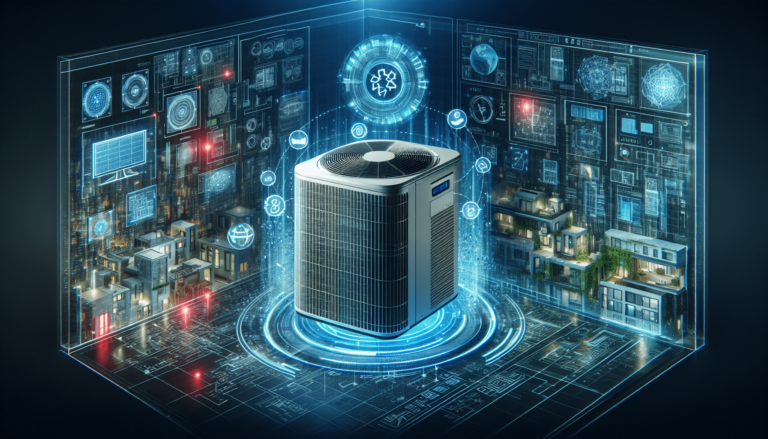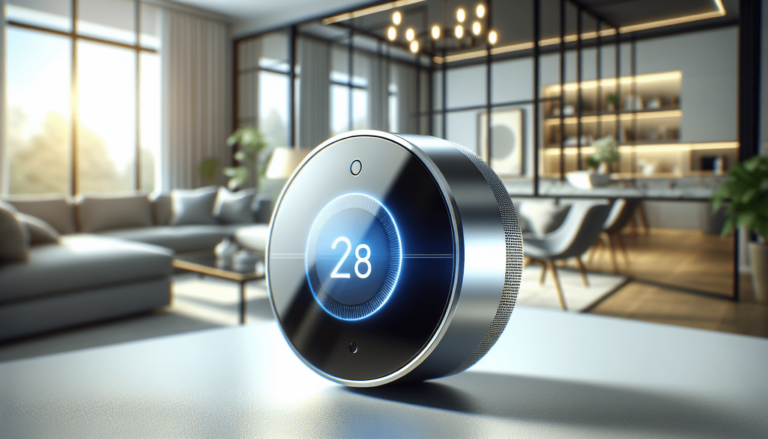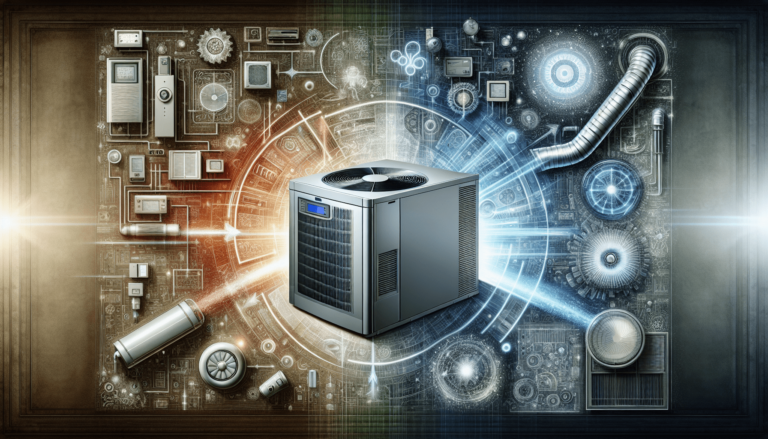

HVAC Services
Get Professional Repairs From The Area's Trusted HVAC Technicians. Ask About Our Services! We Offer Professional Heating & Cooling System Repairs And Guarantee Long-Lasting Results.
Got Question? Call us: (850) 678-2665Financing
Innovations in HVAC Designs: Tempacure HVAC Leading the Way
Discover the latest HVAC innovations by Tempacure HVAC. From smart thermostats to energy-efficient systems, learn how they're shaping the future of HVAC.
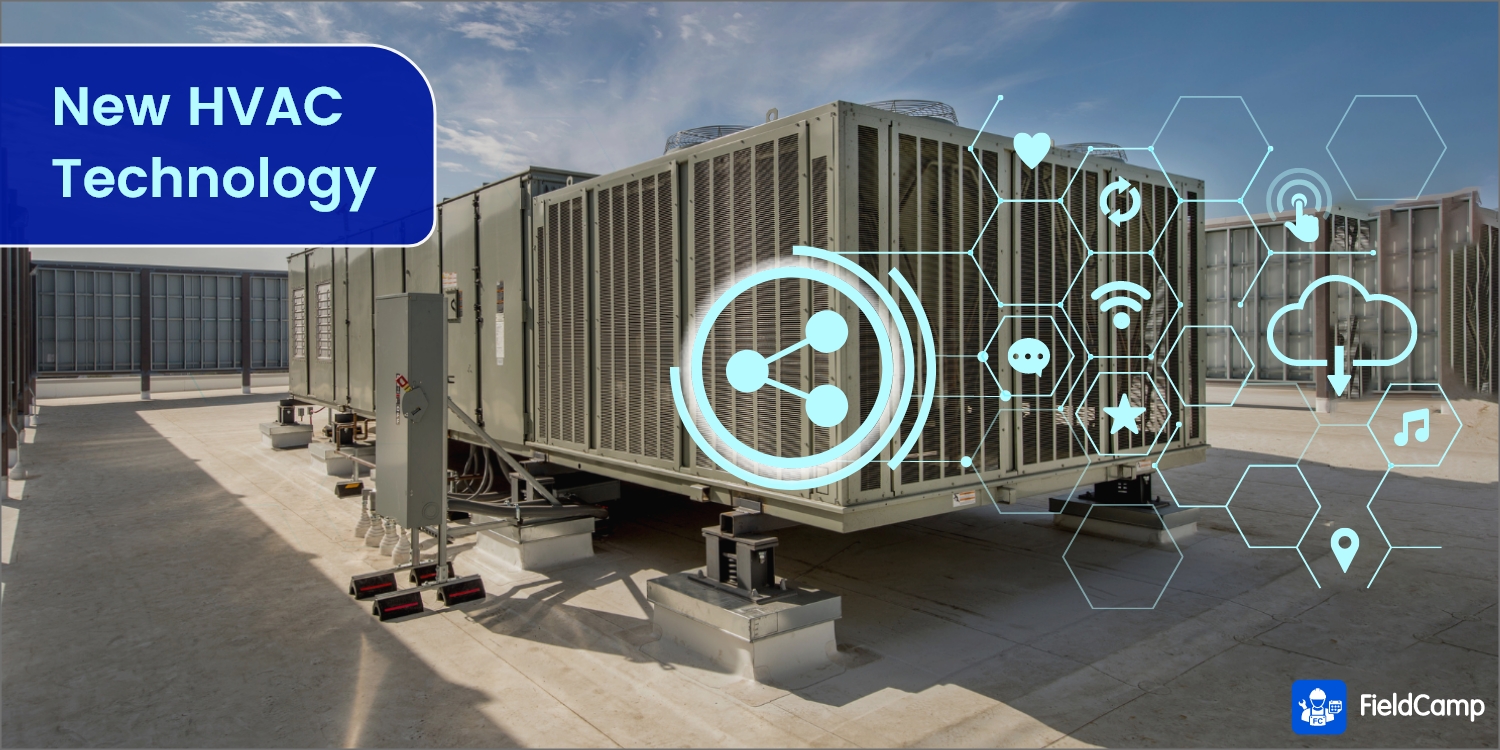
Get ready to learn about the latest breakthroughs in HVAC designs! In this article, we will be exploring the innovative solutions that Tempacure HVAC is bringing to the table. With their exceptional heating and air conditioning services, they have established themselves as the leading experts in Niceville FL and the surrounding area. Whether you’re in need of repair, maintenance, or installation, Tempacure HVAC has got you covered. Stay tuned to discover the exciting advancements that are shaping the future of HVAC systems.
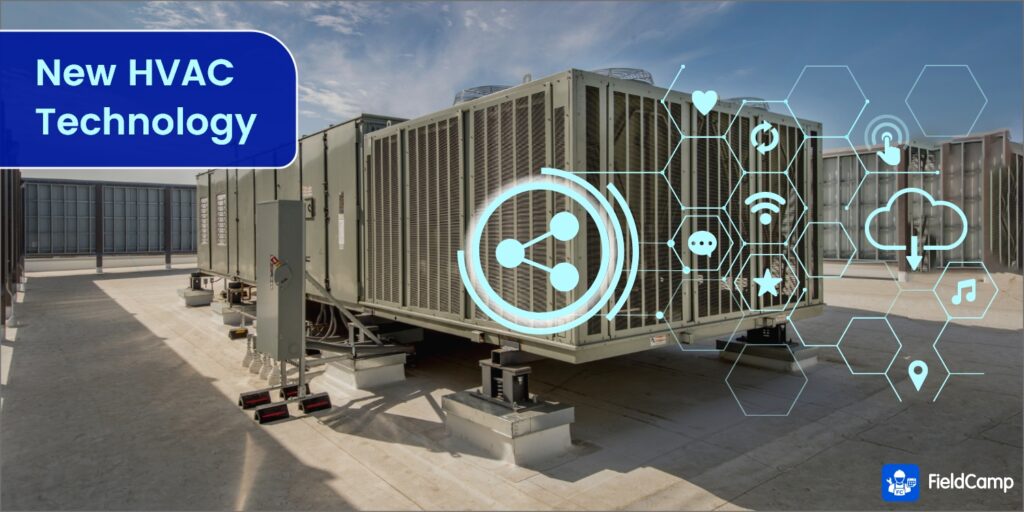
This image is property of www.fieldcamp.com.
I. Smart Thermostats
A. Introduction to smart thermostats
Smart thermostats are a revolutionary advancement in HVAC technology that have completely transformed the way we control and manage our home’s temperature. Unlike traditional thermostats, smart thermostats are equipped with sensors, internet connectivity, and advanced algorithms that allow for precise temperature control and automation. With a smart thermostat, you no longer have to manually adjust the temperature or worry about wasting energy when you’re not at home. These intelligent devices learn your preferences, optimize energy usage, and provide a seamless experience.
B. Benefits of smart thermostats
The benefits of smart thermostats are numerous and far-reaching. Firstly, they offer unparalleled convenience. With a smart thermostat, you can control the temperature of your home from anywhere using your smartphone or other smart devices. Whether you’re at work, on vacation, or simply lounging on the couch, you have complete control over your HVAC system.
Secondly, smart thermostats are incredibly energy-efficient. They have the ability to learn your schedule and adjust the temperature accordingly, ensuring that you’re not wasting energy when you’re away from home. Additionally, many smart thermostats provide energy usage reports and insights, allowing you to monitor and optimize your energy consumption.
Another major advantage of smart thermostats is their compatibility with other smart home devices. They can seamlessly integrate with voice assistants like Amazon Alexa or Google Assistant, allowing you to control your HVAC system using voice commands. Furthermore, some smart thermostats can even be integrated with other smart devices such as smart lighting or security systems to create a truly interconnected and automated home.
C. Tempacure HVAC’s contribution to smart thermostats
As a Leader in the HVAC industry, Tempacure HVAC has been at the forefront of incorporating smart thermostat technology into their systems. They understand the value and importance of energy efficiency and convenience for their customers. Tempacure HVAC offers a wide range of smart thermostat options that are compatible with their heating and cooling systems.
By partnering with top smart thermostat manufacturers, Tempacure HVAC ensures that their customers have access to the latest and most advanced technology in the market. Their experienced technicians are well-versed in the installation and setup of smart thermostats, ensuring a seamless integration with your HVAC system.
Tempacure HVAC’s commitment to smart thermostat technology is just one example of their dedication to providing innovative solutions that enhance the comfort, energy efficiency, and convenience of their customers’ homes.
II. Energy-Efficient Systems
A. Introduction to energy-efficient HVAC systems
Energy-efficient HVAC systems are designed to minimize energy consumption while maintaining optimal indoor comfort. These systems incorporate advanced technologies and design principles that reduce energy waste and maximize efficiency. By using less energy, energy-efficient HVAC systems not only help in saving money on utility bills but also contribute to reducing environmental impact.
B. Advantages of energy-efficient systems
Energy-efficient HVAC systems offer several advantages over traditional systems. Firstly, they help in reducing energy consumption and lowering carbon footprint. By using less energy, these systems contribute to a more sustainable future and help combat climate change.
Secondly, energy-efficient HVAC systems provide improved comfort and better indoor air quality. They are equipped with advanced filtration systems that remove pollutants, allergens, and other harmful substances from the air, resulting in cleaner and healthier indoor environments.
Furthermore, energy-efficient systems often have longer lifespans and require less maintenance. They are built with high-quality components and undergo rigorous testing to ensure durability and reliability. This translates to fewer breakdowns and repairs, saving homeowners both time and money in the long run.
C. Tempacure HVAC’s advancements in energy efficiency
Tempacure HVAC has always been at the forefront of energy-efficient HVAC systems. They understand the importance of reducing energy consumption and providing their customers with sustainable solutions.
Tempacure HVAC incorporates state-of-the-art technologies such as variable speed motors, which adjust the airflow based on the heating or cooling demand. This ensures that energy is not wasted on running the system at full capacity when it’s not needed.
Additionally, Tempacure HVAC’s systems utilize advanced refrigerants that are environmentally friendly and have a lower impact on global warming compared to traditional refrigerants. By being proactive in adopting and implementing these energy-efficient technologies, Tempacure HVAC sets themselves apart as industry leaders and champions of sustainability.
III. Zoning Systems
A. Overview of zoning systems in HVAC design
Zoning systems in HVAC design involve dividing a home or building into different zones, each with its thermostat and independent control over temperature. This allows for personalized comfort in different areas, as well as energy efficiency by only heating or cooling occupied spaces.
Zoning systems utilize dampers within the ductwork to control airflow to different zones. By strategically opening and closing these dampers, the system can direct conditioned air to specific areas as needed. Each zone is equipped with its temperature sensor, which communicates with the main control panel to regulate the temperature.
B. Benefits of zoning systems
Zoning systems offer a myriad of benefits for homeowners. Firstly, they allow for personalized comfort. Each zone can be set to a different temperature, catering to individual preferences. This is particularly useful in larger homes or buildings with multiple floors, as different areas may have different heating or cooling needs.
Secondly, zoning systems greatly improve energy efficiency. By only heating or cooling occupied zones, energy is not wasted on conditioning unoccupied or rarely used spaces. This results in significant energy savings and reduced utility bills.
Furthermore, zoning systems help in maintaining a consistent temperature throughout the home. By effectively controlling airflow to different areas, hot or cold spots are eliminated, providing optimal comfort in every zone.
C. Tempacure HVAC’s integration of zoning systems
Tempacure HVAC recognizes the value of zoning systems in providing customized comfort and energy efficiency. They offer top-of-the-line zoning systems that seamlessly integrate with their HVAC systems.
Whether you have a small home or a large commercial building, Tempacure HVAC has the expertise to design and install a zoning system tailored to your specific needs. their experienced technicians take into account factors such as layout, occupancy patterns, and heating or cooling requirements to create an optimal zoning solution.
Tempacure HVAC’s commitment to delivering personalized comfort and energy efficiency through zoning systems exemplifies their dedication to providing innovative HVAC solutions that meet and exceed customer expectations.
IV. Variable Refrigerant Flow (VRF) Systems
A. Introduction to VRF systems
Variable Refrigerant Flow (VRF) systems are advanced HVAC systems that provide both heating and cooling using a refrigerant to transfer heat. These systems utilize variable-speed compressors to adjust the refrigerant flow rate based on the heating or cooling demands of different zones.
VRF systems consist of an outdoor unit, which houses the compressor and condenser, and multiple indoor units, which are responsible for delivering conditioned air to individual zones. The refrigerant circulated between the outdoor and indoor units transfers heat, allowing for precise temperature control and energy efficiency.
B. Advantages of VRF systems
VRF systems offer several advantages over traditional HVAC systems. Firstly, they provide individual control over temperature in each zone. This allows for personalized comfort, as occupants can set different temperatures in different areas to suit their preferences.
Secondly, VRF systems are highly energy-efficient. By utilizing variable-speed compressors, these systems adjust the refrigerant flow rate based on the specific heating or cooling needs of each zone. This precise control ensures that energy is not wasted on over-conditioning unoccupied or rarely used areas.
Additionally, VRF systems offer excellent flexibility in system design. They can accommodate both small and large-scale applications, making them suitable for a wide range of residential and commercial properties. Their modular design allows for easy expansion or modification, making them a cost-effective choice for future renovations or additions.
C. Tempacure HVAC’s expertise in VRF technology
Tempacure HVAC has a wealth of experience and expertise in installing and maintaining VRF systems. They understand the unique benefits and challenges associated with these advanced HVAC systems.
Tempacure HVAC works closely with their customers to assess their heating and cooling needs and provide customized VRF solutions. Their team of trained technicians ensures the proper installation and optimal performance of VRF systems, maximizing energy efficiency and customer satisfaction.
By staying up to date with the latest advancements in VRF technology, Tempacure HVAC continues to be a leader in providing innovative HVAC solutions to their valued customers.
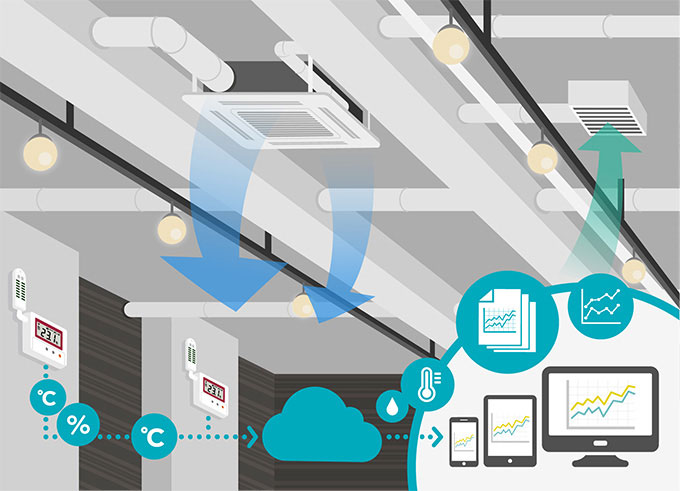
This image is property of www.adriasecuritysummit.com.
V. Indoor Air Quality Solutions
A. Importance of indoor air quality
Indoor air quality (IAQ) refers to the quality of the air inside a building, particularly with regards to the health and comfort of the occupants. Poor IAQ can lead to various health issues, including allergies, respiratory problems, and even long-term health effects.
Given that most people spend a significant amount of time indoors, ensuring good indoor air quality is of paramount importance. This is especially true for individuals with pre-existing respiratory conditions, children, and the elderly, who may be more susceptible to the effects of poor IAQ.
B. Innovative solutions for improving indoor air quality
There are numerous innovative solutions available to improve indoor air quality. One such solution is the use of advanced air filtration systems. These systems utilize high-efficiency filters to capture and remove airborne contaminants such as dust, pet dander, pollen, and mold spores. This results in cleaner and healthier air for occupants to breathe.
Another effective solution is the installation of UV-C germicidal lamps. These lamps emit ultraviolet light, which helps kill airborne viruses, bacteria, and mold spores. By neutralizing these harmful pathogens, UV-C germicidal lamps contribute to healthier indoor environments.
Furthermore, the use of energy recovery ventilation systems can greatly improve IAQ. These systems exchange stale indoor air with fresh outside air while simultaneously recovering and transferring heat or coolness from the outgoing air to the incoming air. This reduces the load on the HVAC system and ensures a constant supply of fresh air.
C. Tempacure HVAC’s commitment to indoor air quality
Tempacure HVAC recognizes the importance of indoor air quality and is committed to providing innovative solutions to improve IAQ. They offer a wide range of air filtration systems, UV-C germicidal lamps, and energy recovery ventilation systems.
Tempacure HVAC’s experienced technicians are well-versed in the installation and maintenance of these IAQ solutions. They work closely with customers to determine the most suitable options based on their specific needs.
Tempacure HVAC’s dedication to providing clean and healthy indoor environments showcases their commitment to customer well-being and their position as industry leaders in HVAC innovation.
VI. Geothermal Heating and Cooling Systems
A. Overview of geothermal systems
Geothermal heating and cooling systems, also known as ground-source heat pumps, utilize the constant temperature of the earth to provide both heating and cooling. These systems transfer heat between the ground and the building using a series of underground pipes and a heat pump.
Geothermal systems work by extracting heat from the ground during the winter months and transferring it into the building for heating. In the summer, the process is reversed, and heat is extracted from the building and transferred back into the ground, providing cooling.
B. Benefits of geothermal HVAC
Geothermal HVAC systems offer several advantages over traditional systems. Firstly, they are highly energy-efficient. By harnessing the earth’s natural heat, these systems can achieve remarkable energy savings. Geothermal systems can reduce energy consumption by up to 70% compared to traditional systems, resulting in significant cost savings over the system’s lifespan.
Secondly, geothermal systems are environmentally friendly. They produce no greenhouse gas emissions on-site, reducing the carbon footprint of the building. Additionally, geothermal systems have a longer lifespan compared to traditional HVAC systems, resulting in less waste and a lower environmental impact.
Furthermore, geothermal systems provide year-round comfort. They are capable of providing both heating and cooling, eliminating the need for separate heating and cooling systems. This simplifies the installation process and reduces the maintenance requirements.
C. Tempacure HVAC’s specialization in geothermal technology
Tempacure HVAC has specialized in geothermal technology for many years. They understand the unique advantages and challenges associated with geothermal heating and cooling systems.
Tempacure HVAC offers comprehensive geothermal solutions, from initial design and installation to ongoing maintenance and repairs. Their team of geothermal experts is dedicated to maximizing the energy efficiency and performance of geothermal systems, ensuring optimal comfort and cost savings for their customers.
By embracing geothermal technology, Tempacure HVAC solidifies their position as leaders in sustainable HVAC solutions, revolutionizing the industry with their commitment to renewable energy alternatives.
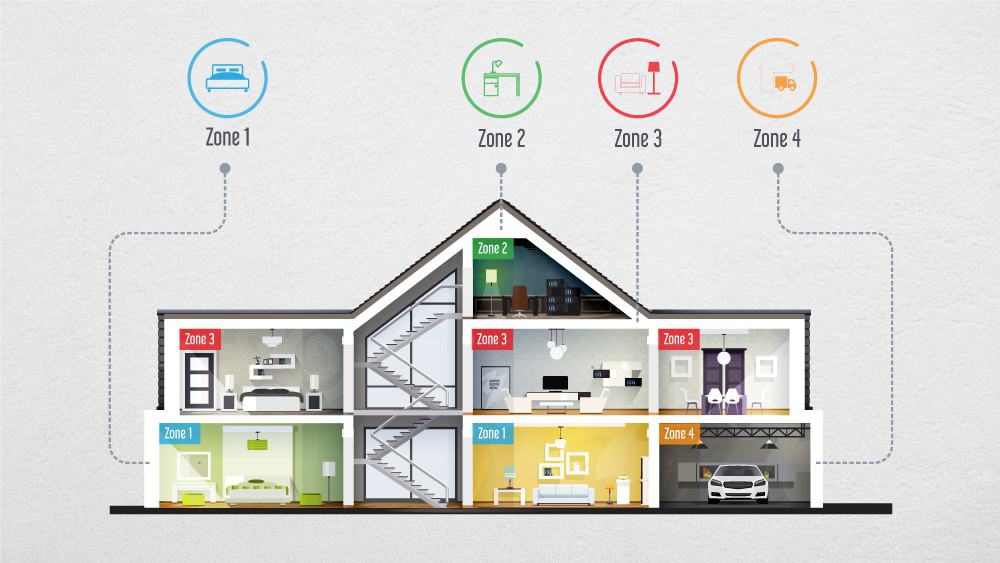
This image is property of www.cielowigle.com.
VII. Solar-Powered HVAC Systems
A. Introduction to solar-powered HVAC
Solar-powered HVAC systems harness the energy of the sun to provide heating, cooling, and ventilation. These systems utilize solar panels to convert sunlight into electricity, which is then used to power the HVAC system.
Solar-powered HVAC systems can operate in two ways: using solar photovoltaic (PV) panels to generate electricity that powers the HVAC system, or using solar thermal collectors to directly heat or cool the air. Both approaches offer significant energy savings and environmental benefits.
B. Advantages of solar-powered systems
Solar-powered HVAC systems come with numerous advantages. Firstly, they drastically reduce reliance on conventional energy sources, such as electricity or fossil fuels, resulting in lower utility bills and reduced environmental impact. By utilizing clean, renewable solar energy, these systems contribute to a more sustainable future.
Secondly, solar-powered HVAC systems provide energy independence. By generating electricity on-site, homeowners are not as affected by power outages or fluctuations in energy prices. This provides peace of mind and long-term cost stability.
Furthermore, solar-powered systems often qualify for various government incentives and rebates, further reducing the upfront cost and making them an attractive investment.
C. Tempacure HVAC’s implementation of solar technology
Tempacure HVAC has embraced the power of solar technology and offers cutting-edge solar-powered HVAC systems. They understand the importance of clean and sustainable energy and its role in achieving energy efficiency.
Tempacure HVAC’s technicians are highly trained in the installation and maintenance of solar-powered systems. They work closely with customers to design and implement solar solutions that meet their specific needs and maximize energy savings.
By integrating solar technology into their HVAC systems, Tempacure HVAC takes a significant step towards a greener and more sustainable future, solidifying their position as leaders in HVAC innovation.
VIII. Heat Recovery Ventilation (HRV) Systems
A. Overview of HRV systems
Heat Recovery Ventilation (HRV) systems are designed to improve indoor air quality while simultaneously recovering and reusing energy. These systems use a heat exchanger to transfer heat or coolness from outgoing stale air to incoming fresh air, ensuring a constant supply of fresh air without compromising energy efficiency.
HRV systems consist of two ventilation ducts, one responsible for extracting stale air from the interior and the other supplying fresh air from the exterior. The heat exchanger transfers heat or coolness between the two air streams, reducing the need for additional heating or cooling.
B. Benefits of HRV systems
HRV systems offer several benefits for homeowners. Firstly, they help in maintaining good indoor air quality. By constantly exchanging stale indoor air with fresh outdoor air, HRV systems remove pollutants, allergens, and odors, resulting in cleaner and healthier indoor environments.
Secondly, HRV systems significantly improve energy efficiency. By recovering and reusing heat or coolness from outgoing air, these systems reduce the load on the HVAC system and minimize energy waste.
Furthermore, HRV systems help in maintaining consistent humidity levels. By exchanging air without transferring moisture, these systems prevent excessive humidity buildup or dryness, creating a more comfortable living environment.
C. Tempacure HVAC’s utilization of HRV technology
Tempacure HVAC understands the value of incorporating HRV technology into their systems to enhance indoor air quality and energy efficiency. They offer top-of-the-line HRV systems that seamlessly integrate with their HVAC solutions.
Tempacure HVAC’s technicians are well-versed in the installation and maintenance of HRV systems. They work closely with customers to assess their specific needs and provide customized solutions that optimize IAQ and energy savings.
Tempacure HVAC’s commitment to HRV technology and its benefits is a testament to their dedication to customer satisfaction and their position as industry leaders in providing innovative HVAC solutions.
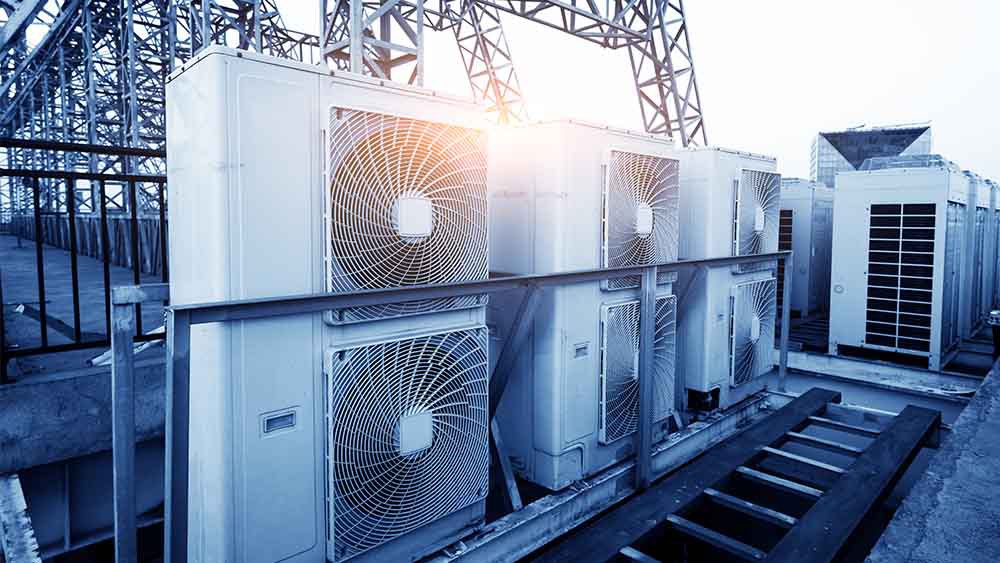
This image is property of cielowigle.com.
IX. Ductless Mini-Split Systems
A. Introduction to ductless mini-split systems
Ductless mini-split systems, also known as ductless heat pumps, offer a highly flexible and energy-efficient alternative to traditional heating and cooling systems. As the name suggests, these systems do not require ductwork to deliver conditioned air, making them ideal for situations where duct installation is not feasible or desirable.
Ductless mini-split systems consist of an outdoor unit, which houses the compressor and condenser, and one or more indoor units, which deliver conditioned air to individual zones. These indoor units are connected to the outdoor unit through refrigerant lines, eliminating the need for ductwork.
B. Advantages of ductless systems
Ductless mini-split systems provide numerous advantages. Firstly, they offer zoning capabilities, allowing for personalized comfort in different areas of the home. Each indoor unit can be independently controlled, enabling occupants to set different temperatures in different zones.
Secondly, ductless systems are highly energy-efficient. As there are no ducts, there is no energy loss associated with duct leaks or inefficient air distribution. Additionally, ductless mini-split systems utilize inverter-driven compressors, which adjust their speed to match the heating or cooling demands of each zone. This results in precise temperature control and energy savings.
Furthermore, ductless mini-split systems are easy to install and require minimal disruption to the home. With no ductwork installation required, the installation process is typically quicker and less invasive compared to traditional HVAC systems.
C. Tempacure HVAC’s expertise in ductless technology
Tempacure HVAC has extensive experience and expertise in the installation and maintenance of ductless mini-split systems. They understand the unique advantages and applications of these systems and offer a wide range of options to meet their customers’ needs.
Tempacure HVAC’s technicians are trained in ductless technology and ensure proper installation and optimal performance of these systems. They work closely with customers to determine the most suitable configuration for their home or building and provide customized solutions that deliver efficient and reliable heating and cooling.
By offering ductless mini-split systems, Tempacure HVAC showcases their commitment to delivering innovative HVAC solutions that optimize energy efficiency, comfort, and flexibility.
X. Internet of Things (IoT) Integration
A. Introduction to IoT in HVAC
Internet of Things (IoT) integration in HVAC systems refers to the connection and communication between HVAC devices and other smart devices through the internet. This connectivity allows for seamless control, automation, and monitoring of HVAC systems using smartphones, tablets, or other smart devices.
IoT integration enables homeowners to have real-time access and control over their HVAC systems from anywhere, providing unparalleled convenience and flexibility. It also allows for advanced automation, where HVAC systems can learn and adapt to users’ preferences, optimizing energy usage and comfort.
B. Benefits of IoT integration
IoT integration in HVAC systems offers numerous benefits. Firstly, it provides enhanced convenience and control. With IoT integration, homeowners can remotely monitor and adjust their HVAC systems using their smartphones or other smart devices. Whether you’re at work or on vacation, you have complete control over your HVAC system.
Secondly, IoT integration enables advanced automation. Through machine learning algorithms, HVAC systems can learn users’ preferences, adjust temperature settings accordingly, and optimize energy usage. This results in energy savings and improved comfort.
Additionally, IoT integration allows for interoperability between different smart devices. HVAC systems can be seamlessly integrated with other smart home devices such as voice assistants, smart lighting, or security systems, creating a truly interconnected and automated home environment.
C. Tempacure HVAC’s integration of IoT
Tempacure HVAC understands the value and potential of IoT integration in HVAC systems. They offer cutting-edge HVAC solutions that seamlessly integrate with IoT technology, providing their customers with enhanced convenience, energy efficiency, and comfort.
Tempacure HVAC’s technicians have the expertise to install and configure IoT-enabled HVAC systems and ensure proper integration with other smart devices. Whether it’s controlling your HVAC system using voice commands or creating personalized automation schedules, Tempacure HVAC can help you harness the power of IoT for a more connected home experience.
By embracing IoT integration, Tempacure HVAC remains at the forefront of HVAC innovation, delivering state-of-the-art solutions that adapt to the evolving needs and lifestyle of their customers.
In conclusion, Tempacure HVAC is the leader in all things HVAC, constantly pushing the boundaries of innovation and providing cutting-edge solutions to enhance comfort, energy efficiency, and indoor air quality. From smart thermostats to geothermal systems, Tempacure HVAC offers a comprehensive range of advanced HVAC technologies. Their commitment to sustainability, customer satisfaction, and staying abreast of industry advancements solidify their position as industry leaders. When it comes to HVAC solutions, Tempacure HVAC is the name to trust.
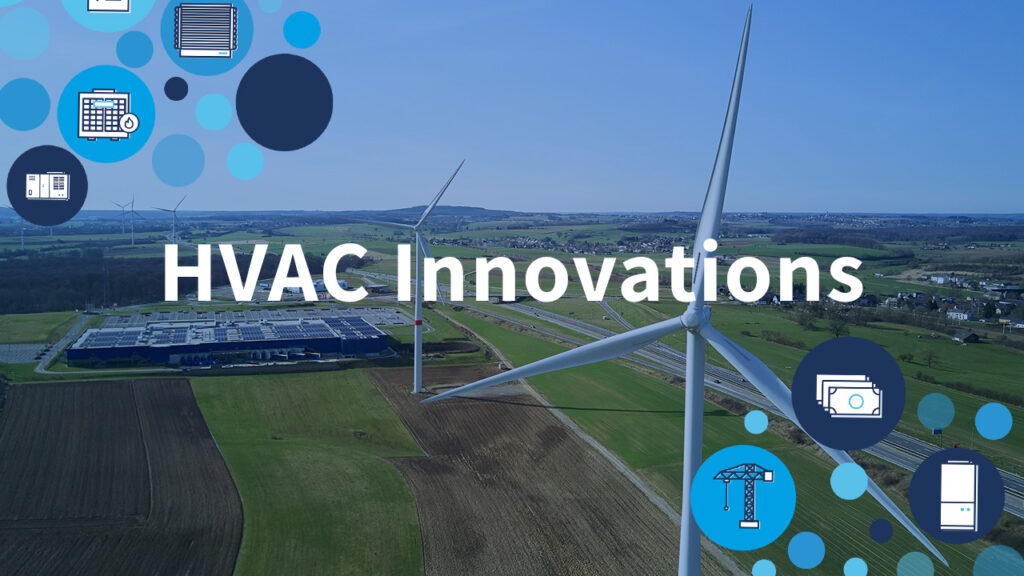
This image is property of www.motili.com.


